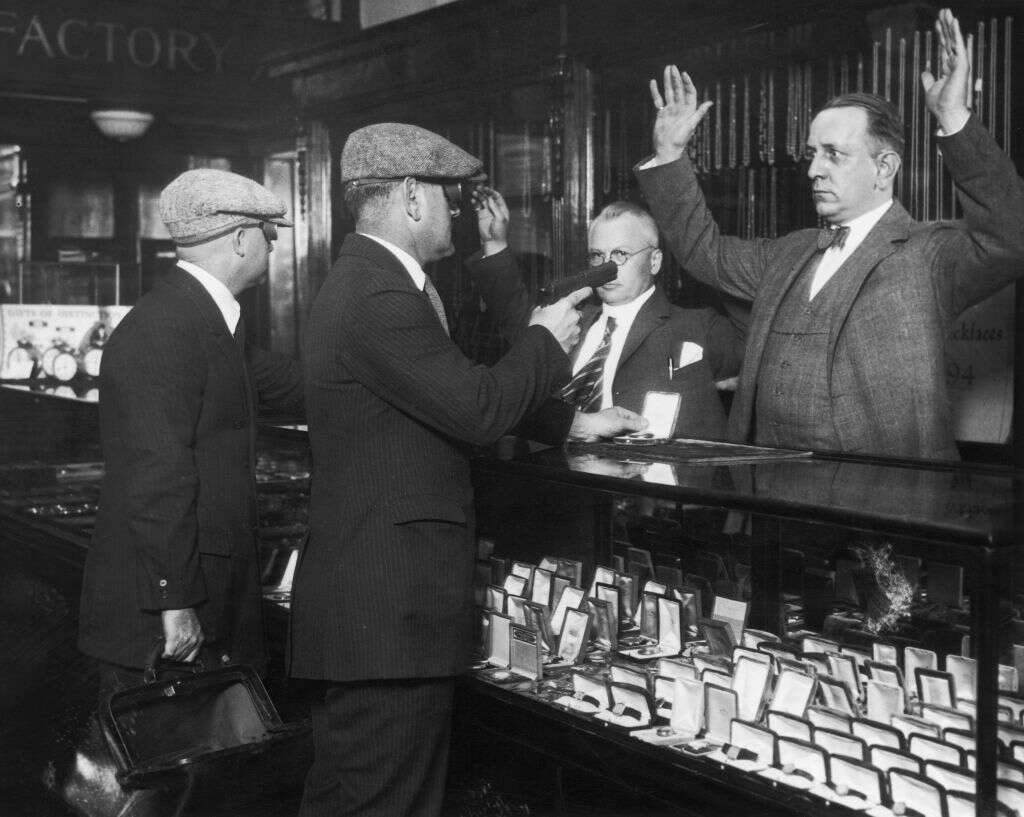
David Muhammad has been on the front lines of violence intervention and criminal justice policy for almost 15 years. Recently, he’s been working with cities like Oakland and Indianapolis, helping to orchestrate street-level interventions in an effort to forestall conflict from boiling into bloodshed.
Muhammad has been working in this field since before the Great Recession, the Black Lives Matter movement and the politicisation of law enforcement during Donald Trump’s presidency.
But he’s never seen anything like the confluence of factors that appear to have made 2020 one of the bloodiest years in a 21st-century US, with what looks like one of the highest year-over-year increases in violence ever. The last great economic cataclysm a decade ago, by contrast, saw a decline in violence and other kinds of crime.

“Despite our natural instinct to think that downturns in the economy produce an increase in crime and violence, that’s not the case,” says Muhammad, executive director of the National Institute for Criminal Justice Reform. “[But this time] is different. Somewhat unexplainable things are happening, like people are driving crazier, and small disputes are becoming much more extreme. It’s hard to explain, but part of it is just this despair and desperation that has been created.”
There is nothing quite analogous to 2020, with its volatile mixture of rampant disease, civil unrest and economic depression. There’s no telling exactly which of these factors triggered such a sharp escalation in bloodletting across so many US cities. Many of the historical parallels to other recent pandemics and economic calamities do not show evidence of similar spikes in violence.
The last once-in-a-century pandemic did not see a surge in bloodletting. In fact, although the years between 1910 and the early 1930s saw consistently elevated homicide levels in the US, the lowest rates were seen during the influenza pandemic of 1918 to 1920.
The other great economic cataclysms of the past 100 years, the Great Recession of the 2000s and the Great Depression of the 1930s, did not see huge spikes in violence either. Even the trough of the Reagan administration’s recession in 1982 saw a decline in killing from the elevated rates of the previous three years. This flies in the face of the popular myth that as people get more desperate and unemployment mounts, murder and mayhem spread as well. (“A recession always provides police chiefs with a comfortable explanation for their failure to prevent increases in the crime rate,” as one influential 1985 study notes.)
But at the very least, recessions seem to have no bearing on violent crime. The early years of the Great Depression saw the elevated violence levels that had coincided with the 1920s economic boom continue, with the homicide rate peaking during Franklin Roosevelt’s first year in office. But after 1933, it fell steadily for the rest of his tenure. By 1944, the final full year of FDR’s reign, the murder rate was about half what it had been at the start.
That isn’t to say economic crises are totally divorced from crime and violence. The academic research on the relation of a financial downturn to disorder and criminality is mixed, with many studies finding connections between that scenario and so-called “acquisitive” crimes like theft. A 2013 analysis found that burglary, robbery and suicide increased during economic crises, while homicide rates bore no relation to them.
Crime rates during the Great Recession
The exception, however, is the Great Recession. During that cataclysm, there were low levels of both violence and acquisitive infractions. As unemployment and foreclosures soared and consumer confidence plunged, all kinds of crime remained low. One theory is that the economic measurement most linked to crime rates is inflation, which increases the demand for stolen goods as market prices spiral (that would explain why violence spiked in the otherwise prosperous 1960s and during the stagflation crisis of the 1970s).
“Most recessions don’t lead to an increase in violence,” says Patrick Sharkey, a professor of sociology and public affairs at Princeton University. “Economic conditions have never been a really good predictor of levels of violence. The last one, in 2008–2009, it really looked like communities were ready to fall apart, and they didn’t.”
Instead, in the wake of the 2008 financial crisis, the US murder rate actually fell and then kept falling. It only began to see a sustained increase after the economy had largely recovered in 2015. At the time, some observers blamed the so-called “Ferguson effect,” in which the civil unrest in reaction to police brutality creates the conditions for other kinds of violence to surge.
“There’s not a clear relationship between economic conditions and violence – good economic times often lead to higher levels of violence – but moments of disruptions are different,” says Sharkey, who wrote the 2018 book Uneasy Peace: The Great Crime Decline, the Renewal of City Life, and the Next War on Violence. “I look at it as moments of destabilisation, as opposed to focusing on the economic impact, that have a greater potential for violence to emerge.”
For Muhammad, it makes sense that societal destabilisation and perceived delegitimacy of political and legal authorities bear a closer relationship to violence than economic crises, per se. That would explain why violence exploded in 2020 in a way that hasn’t been true of other modern US periods of mass unemployment or pandemic.
The intervention advocates with whom he works say that there is no neat and easy narrative for the violence of the Covid-era US and little sense of which of the overlapping destabilising factors can be expected to ease the bloodletting.
“The deeper piece is that it all relates to desperation and despair, and the disease itself, and shelter-in-place orders, and nothing to do,” says Muhammad. “That’s what has been different from previous downturns – all of that is compounding the economic issues. That’s what’s exacerbating the tension, and therefore the violence.”






